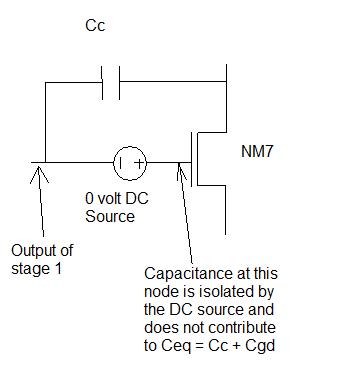jimito13
Advanced Member level 1
The transconductance efficieny (gm/ID) drops more rapidly for short channel devices due to velocity saturation.You can plot gm/ID versus current density ID/(W/L) for different channel lenghts to confirm this.The comparison should be made for same shape factor (W/L) and same ID apparently so that the conclusion makes sense.
As far as the ICMR you should study the respective equations (let's say from Gray-Meyer's Book) and then via trial and error simulations try to reach the spec.
As far as the ICMR you should study the respective equations (let's say from Gray-Meyer's Book) and then via trial and error simulations try to reach the spec.



